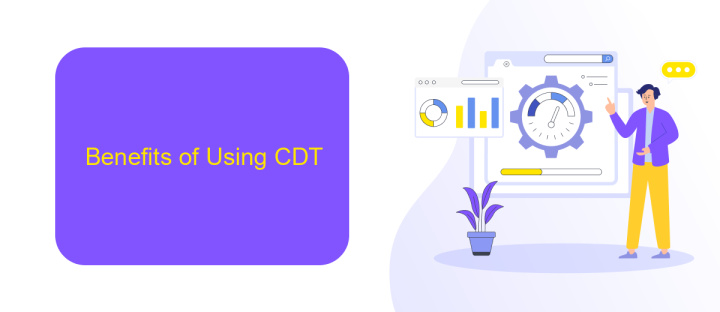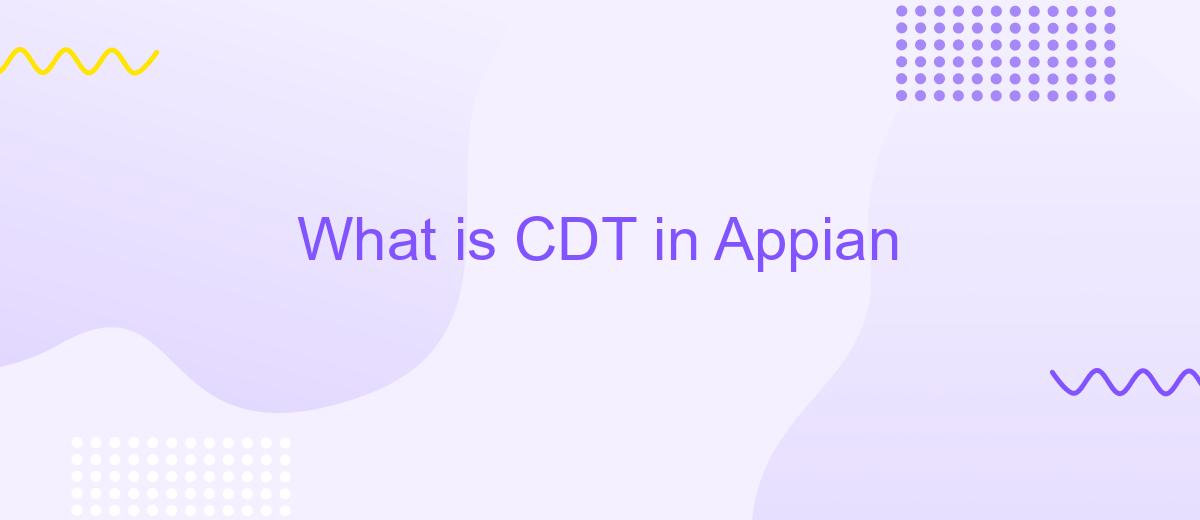What is CDT in Appian
In the realm of Appian, a leading low-code automation platform, Complex Data Types (CDTs) play a pivotal role in structuring and managing data efficiently. CDTs enable developers to define custom data structures, facilitating seamless integration and manipulation of complex datasets. This article delves into the essentials of CDTs in Appian, highlighting their significance and practical applications in streamlining business processes.
Introduction to CDT in Appian
Content Data Types (CDTs) are essential components in Appian, serving as the building blocks for data management within the platform. They enable users to define and manipulate complex data structures, ensuring seamless integration and efficient data handling across various applications.
- Define complex data structures
- Facilitate seamless data integration
- Enhance data management capabilities
- Improve application efficiency
By leveraging CDTs, Appian users can create robust applications that interact with multiple data sources. For instance, integrating with external services like ApiX-Drive becomes more streamlined, allowing for automated data transfers and synchronization. This ensures that your Appian applications remain up-to-date and capable of handling dynamic data requirements efficiently.
Benefits of Using CDT

Using Custom Data Types (CDTs) in Appian offers numerous benefits that enhance application development and data management. CDTs allow developers to create complex data structures that mirror real-world business entities, making it easier to model and manage data within the platform. This leads to more efficient data handling and reduces the likelihood of errors, as data is consistently formatted and validated across different processes and applications. Additionally, CDTs streamline the development process by enabling reusable components, which can significantly cut down on development time and maintenance efforts.
Another key advantage of using CDTs is their ability to integrate seamlessly with external systems and services. For instance, integrating with a service like ApiX-Drive can further enhance the capabilities of your Appian applications. ApiX-Drive allows for easy setup and management of integrations with various third-party applications, automating data flows and ensuring that your Appian CDTs are always up-to-date with the latest information from external sources. This not only improves data accuracy but also enhances the overall efficiency of your business processes.
CDT Features and Functionality

CDTs (Custom Data Types) in Appian provide a robust way to define and manage complex data structures. They allow for the creation of custom data models that can be reused across various applications and processes, ensuring consistency and efficiency in data handling.
- Data Modeling: CDTs enable the definition of complex data models, including nested structures, which can represent real-world entities more accurately.
- Integration: CDTs facilitate seamless integration with external systems, allowing for the automatic mapping of data fields. Services like ApiX-Drive can be utilized to streamline these integrations, ensuring data flows smoothly between Appian and other platforms.
- Reusability: Once defined, CDTs can be reused across multiple applications and processes, reducing redundancy and promoting consistency.
- Validation: CDTs support data validation rules, ensuring that the data conforms to specified formats and constraints.
- Versioning: Appian allows for version control of CDTs, making it easier to manage changes and maintain data integrity over time.
By leveraging CDTs, developers can create more efficient, maintainable, and scalable applications in Appian. The ability to integrate with services like ApiX-Drive further enhances the functionality, making it easier to connect Appian with various external systems and streamline business processes.
Use Cases for CDT

CDTs, or Complex Data Types, in Appian are versatile tools that can be used in various scenarios to enhance application functionality. They allow developers to define structured data models that can be easily manipulated within the Appian environment.
One of the primary use cases for CDTs is data integration. By defining a CDT, developers can map external data sources to Appian's internal data structures, facilitating seamless data exchange. This is particularly useful when integrating with third-party services, such as ApiX-Drive, which simplifies the process of connecting different applications and automating workflows.
- Data storage and retrieval: CDTs can be used to store complex data structures in Appian's databases, ensuring data consistency and integrity.
- Form design: CDTs can be leveraged to create dynamic forms that automatically adapt to the underlying data model, improving user experience.
- Process automation: By using CDTs, developers can streamline business processes by ensuring that data flows smoothly between different process nodes.
In summary, CDTs are essential for building robust and scalable applications in Appian. They provide a flexible way to handle complex data, making it easier to integrate with external systems and automate business processes efficiently.
Conclusion
In conclusion, understanding and utilizing CDT (Complex Data Types) in Appian is essential for creating efficient and scalable applications. CDTs allow developers to structure and manage complex data seamlessly, facilitating more robust and maintainable solutions. By leveraging CDTs, organizations can ensure that their applications are not only functional but also adaptable to changing business requirements.
Moreover, integrating tools like ApiX-Drive can further enhance the capabilities of Appian applications. ApiX-Drive simplifies the process of connecting various services and automating workflows, making it easier to manage data across multiple platforms. This integration ensures that businesses can optimize their operations and maintain a high level of data integrity, ultimately driving better decision-making and operational efficiency.
FAQ
What is a CDT in Appian?
How do you create a CDT in Appian?
What are the benefits of using CDTs in Appian?
Can CDTs be used for integrations in Appian?
How can I automate data integration using CDTs in Appian?
Routine tasks take a lot of time from employees? Do they burn out, do not have enough working day for the main duties and important things? Do you understand that the only way out of this situation in modern realities is automation? Try Apix-Drive for free and make sure that the online connector in 5 minutes of setting up integration will remove a significant part of the routine from your life and free up time for you and your employees.

